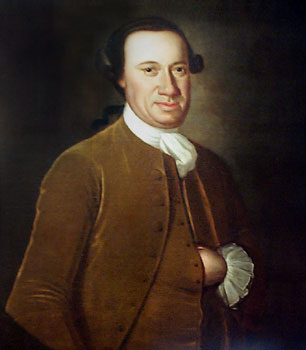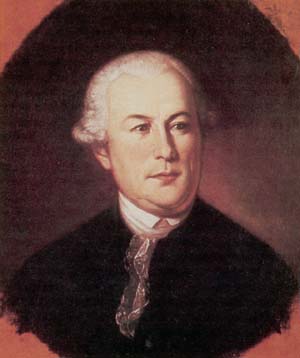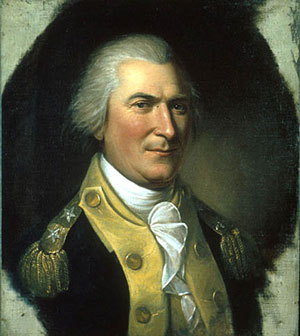|
|||||||||||||||||||||||||||||
Presidents of the United Statesby Gregory Allan
Who was the first President of the United State? Does anyone know? Please raise your hand? This has been a minor topic in many of my public appearances over the years. Following this minor topic is always some other issue... something I think you may find hard to believe. The point being, if I can convince you of the truth, i.e. that George Washington was not the first President, then your foundational beliefs might be sufficiently shaken so that you can believe the major topic I'm about to present. The notion that Washington was the first, is a Really Big Lie. Government and the public schools it controls have told this lie for so long it is almost universally believed. Government has its reasons. I will point you in the right direction, and leave you to find the rest for yourselves. The point of this article is to tell you the real truth. But first, a quote regarding big lies from the Grand Purveyor of Evil himself, Adolph Hitler: ...All this was inspired by the principle -- which is quite true in itself -- that in the big lie there is always a certain force of credibility; because the broad masses of a nation are always more easily corrupted in the deeper strata of their emotional nature than consciously or voluntarily; and thus in the primitive simplicity of their minds they more readily fall victims to the big lie than the small lie, since they themselves often tell small lies in little matters but would be ashamed to resort to large-scale falsehoods. It would never come into their heads to fabricate colossal untruths, and they would not believe that others could have the impudence to distort the truth so infamously. Even though the facts which prove this to be so may be brought clearly to their minds, they will still doubt and waver and will continue to think that there may be some other explanation. For the grossly impudent lie always leaves traces behind it, even after it has been nailed down, a fact which is known to all expert liars in this world and to all who conspire together in the art of lying. The United States of America became a nation when the Articles of Confederation were ratified March 1, 1781, not, as is commonly believed, when the Constitution was ratified in 1789. In the years between 1781 and 1789, the United States of America duly elected nine Presidents:
The following is quoted from Wikipedia: The Articles of Confederation and Perpetual Union was the first constitution of the United States of America. Keeping in mind that the Constitution was written and adopted in the absence of lawful authority, one need only compare the Articles of Confederation with the Constitution, and realize the new powers unlawfully granted to the federal government, and you will soon see why government historians might prefer to sweep the whole matter under the rug.
|
(Isaiah 33:22) For the Lord is our judge, the Lord is our lawgiver, the Lord is our king; he will save us.
The Lawful Path - http://lawfulpath.com
Copyright 1996, 2014, by Gregory Allan; All rights reserved.







